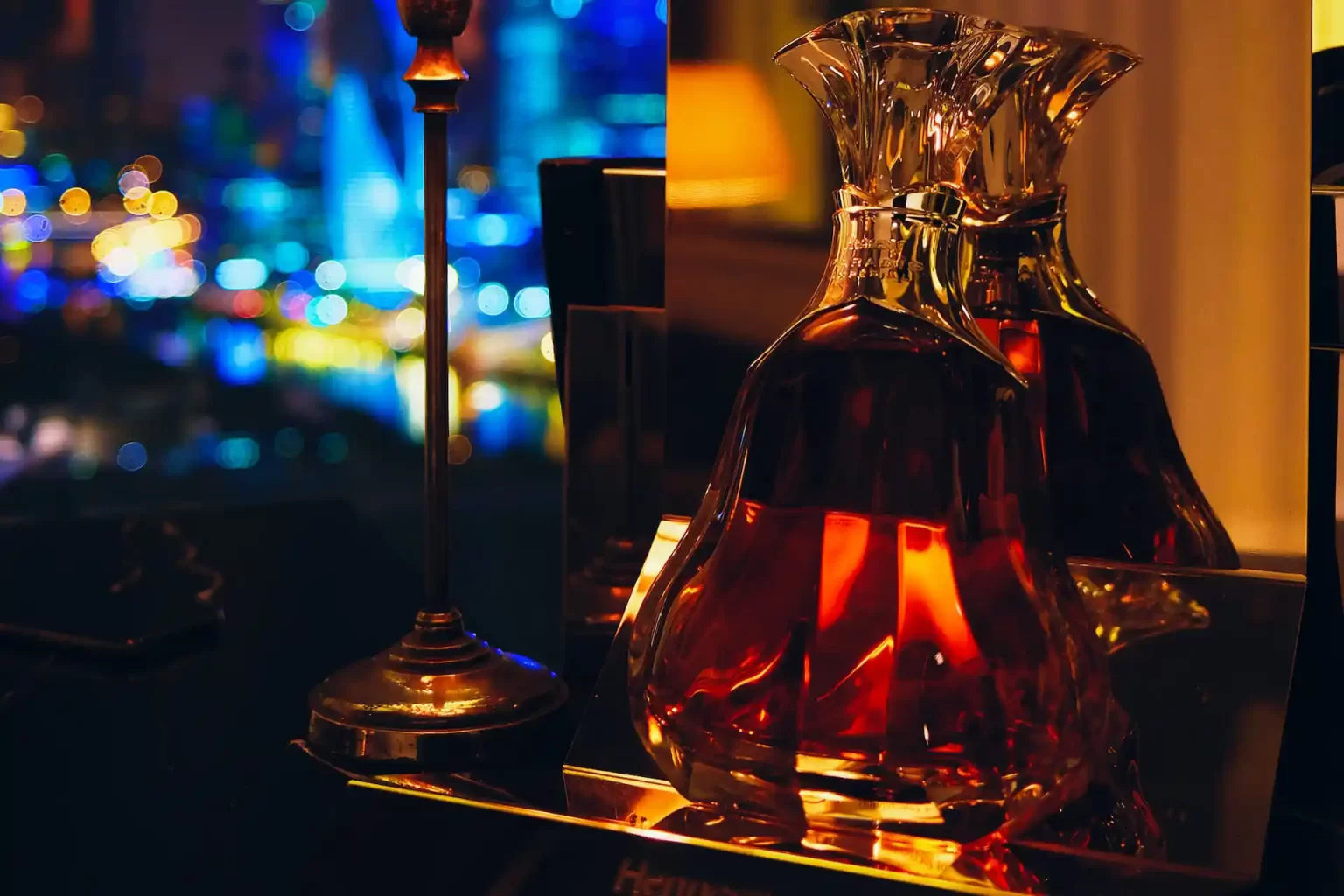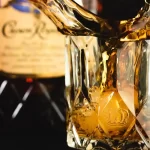History of Cognac
Cognac has been produced in the region surrounding the town of Cognac, in southwestern France, since the 16th century. The region’s chalky soil, temperate climate, and proximity to the Atlantic Ocean provide ideal conditions for grape cultivation, which is the primary ingredient in Cognac production. The brandy quickly became popular with French aristocrats and was soon being exported to other countries.
Production of Cognac
Cognac is made by distilling wine, using a specific type of still known as a Charentais pot still. The wine is made from a blend of white grapes, predominantly Ugni Blanc, with small amounts of Folle Blanche and Colombard also allowed. The grapes are harvested in the autumn and then pressed to extract their juice, which is then fermented for a few weeks until it reaches an alcohol level of around 9%.
The wine is then double-distilled in copper stills, a process that creates a clear, high-alcohol spirit known as eau-de-vie. This eau-de-vie is then aged in oak barrels, where it develops its characteristic color, aroma, and flavor. The aging process is a crucial step in Cognac production, and the quality of the barrels used, the length of aging, and the cellar conditions can all have a significant impact on the final product.
Classification of Cognac
Cognac is classified according to its age, with the following categories recognized:
- VS (Very Special): Aged for at least 2 years.
- VSOP (Very Superior Old Pale): Aged for at least 4 years.
- XO (Extra Old): Aged for at least 10 years, although many producers now age their XO Cognacs for 20 years or more.
- Hors d’Age: Translates to “beyond age,” this classification indicates that the Cognac has been aged for at least 30 years.
Tasting Cognac
Cognac is a complex and layered spirit, with a wide range of flavors and aromas that can be appreciated through careful tasting. To properly taste Cognac, it should be poured into a tulip-shaped glass, which concentrates the aroma and allows the drinker to appreciate its subtleties.
The first step in tasting Cognac is to evaluate its appearance, noting its color and viscosity. Next, the aroma should be evaluated, taking note of any floral, fruity, or woody notes. Finally, the Cognac should be sipped slowly, allowing its flavors to fully develop on the palate. Cognac is best enjoyed neat or with a small amount of water to open up its flavors.
Pairing Cognac with Food
Cognac is a versatile spirit that pairs well with a range of foods, including rich meats, aged cheeses, and desserts. Its complex flavors can complement and enhance the flavors of many dishes, making it a popular choice among food and wine enthusiasts.
Popular Brands of Cognac
There are many producers of Cognac, each with their unique style and flavor profile. Some of the most popular brands of Cognac include:
- Hennessy
- Remy Martin
- Martell
- Cour
How to Serve Cognac
Cognac is typically served at room temperature or slightly below, and should be poured into a tulip-shaped glass. It is best to hold the glass by the stem or base to avoid warming the liquid with your hands.
Many people also enjoy adding a small amount of water to their Cognac, which can help to open up its flavors and aromas. Some even like to pair it with a cigar for a truly indulgent experience.
Cognac Cocktails
While Cognac is typically enjoyed neat, it can also be used as a base for a range of delicious cocktails. Some popular Cognac cocktails include:
- Sidecar: Made with Cognac, triple sec, and lemon juice, and served in a sugar-rimmed glass.
- Sazerac: Made with Cognac, absinthe, Peychaud’s bitters, and sugar, and served in an absinthe-rinsed glass.
- French Connection: Made with Cognac and amaretto liqueur, and served on the rocks.
Health Benefits of Cognac
While Cognac is certainly an indulgent treat, it may also have some health benefits. Studies have suggested that moderate consumption of alcohol, including Cognac, can have a positive impact on heart health, cognitive function, and overall longevity. However, it is important to note that excessive consumption of alcohol can have a range of negative health effects, so moderation is key.
Conclusion
Cognac is a luxurious and fascinating spirit with a rich history and complex flavor profile. Whether enjoyed neat, in a cocktail, or paired with food, Cognac is a true indulgence that is best savored slowly and with care.
FAQs
Is Cognac only made in France?
Yes, Cognac is a protected designation of origin that can only be produced in the region surrounding the town of Cognac in southwestern France.
Can Cognac be aged for too long?
While some people prefer older Cognacs, there is a point at which the aging process can negatively impact the flavor and aroma of the spirit. Most Cognac producers agree that their spirits are best enjoyed after a certain number of years of aging, and often recommend against aging them for too long.
Can Cognac be mixed with other spirits?
While Cognac is typically enjoyed neat, it can also be used as a base for cocktails. However, it is generally recommended that high-quality Cognacs be enjoyed on their own, as mixing them with other spirits can overpower their unique flavors and aromas.
Does the price of Cognac indicate its quality?
While price can be an indicator of quality, it is not always a reliable one. Some high-end Cognacs are priced more for their rarity or brand prestige than for their flavor or aroma profile. Conversely, there are many affordable Cognacs that offer excellent quality and flavor.
What is the best way to store Cognac?
Cognac should be stored in a cool, dark place, away from direct sunlight and heat. Once opened, it should be consumed within a reasonable time frame to ensure optimal flavor and aroma.



